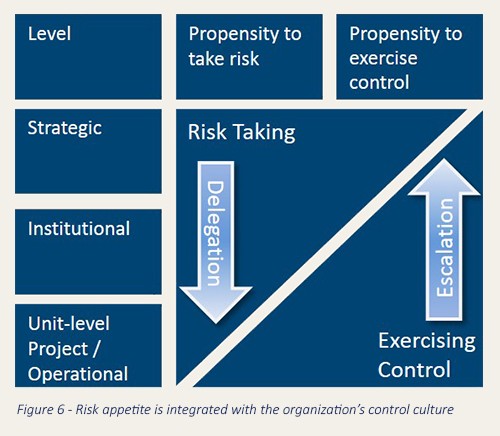Definition of Risk Tolerance
Post on: 16 Март, 2015 No Comment

Risk tolerance is simply a definition or measure of how much risk you can withstand. As an investor, risk tolerance needs to be defined from the start, to determine how you should be investing your money.
There is a field of study called behavioral finance. where academics try to determine why individual investors make the choices they do. One big factor is aversion to risk. Any uncertainty in the market can make a certain type of investor panic and move everything in the opposite direction. Of course, this is not always the wisest move. Study after study finds that individual investors sell (and sometimes buy) at the wrong time, and these moves impact long-term performance.
If instead you determine how much risk you can stand upfront, and plan how you will react, you can be a wiser investor while generally worrying a lot less about what’s going on with your investments.
The way to manage risk is to invest in different types of investments, some riskier than others. It’s known as asset allocation. Stocks are generally considered more risky than bonds or fixed-income investments. So a portfolio composed of all stocks is very risky. As you allocate portions of a portfolio toward bonds and fixed-income investments—90% stocks to 10% bonds, 80% stocks to 20% bonds, 70% stocks to 30% bonds, and so on—it becomes less risky. However, the return potential is reduced as well. The real work for investors is to balance their aversion for risk with their desire for return.
How to Determine Risk Tolerance
Most of us start with our age when determining risk. The younger you are, the more time you have to watch your money grow or recover from down markets. Time is on your side and therefore, the theory goes, so is risk. Young people may be able to afford to take on a lot of risk, but may not want to. Similarly, older investors are encouraged to take on less risk as they near retirement. Regardless of your age, there is no blanket recommendation for risk. It is simply a matter of personal preference.
That’s why one good way to determine your risk tolerance is to take a questionnaire or risk tolerance quiz. There are plenty to be found online, and just answering the questions will get you thinking about how much risk you are willing to take.
Risk and Modern Portfolio Theory
Asset allocation is related to something called modern portfolio theory. a Nobel-prize winning concept for managing investment risk. Economists Harry Markowitz, William Sharpe and Merton Miller found that different types of investments tended to move in opposite directions. If you own the right combination of these non-correlated investments. you can reduce risk and boost return in all types of markets. So within your stock/bond allocation you can attempt to own different types of investments to further hedge your risk.
The content on this site is provided for information and discussion purposes only. It is not intended to be professional financial advice and should not be the sole basis for your investment or tax planning decisions. Under no circumstances does this information represent a recommendation to buy or sell securities.














